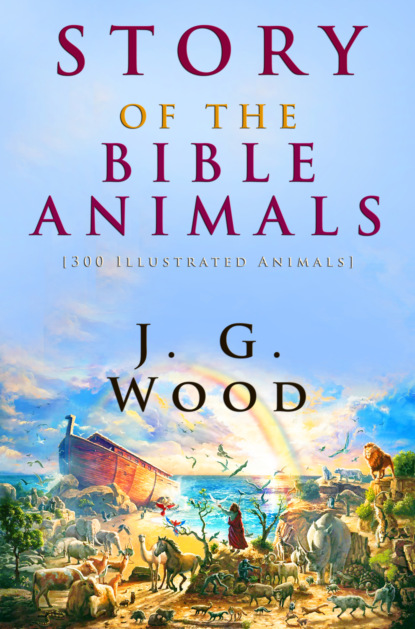Sayfa sayısı 660 sayfa
0+

Kitap hakkında
Owing to the different conditions of time, language, country, and race under which the various books of the Holy Scriptures were written, it is impossible that they should be rightly understood at the present day without some study of the customs and manners of Eastern peoples, as well as of the countries in which they lived.
The Oriental character of the scriptural writings causes them to abound with metaphors and symbols taken from the common life of the time.
They contain allusions to the trees, flowers, and herbage, the creeping things of the earth, the fishes of the sea, the birds of the air, and the beasts which abode with man or dwelt in the deserts and forests.
Unless, therefore, we understand these writings as those understood them for whom they were written, it is evident that we shall misinterpret instead of rightly comprehending them.
The field which is laid open to us is so large that only one department of Natural History—namely, Zoology—can be treated in this work, although it is illustrated by many references to other branches of Natural History, to the physical geography of Palestine, Egypt, and Syria, the race-character of the inhabitants, and historical parallels.
The importance of understanding the nature, habits, and uses of the animals which are constantly mentioned in the Bible, cannot be overrated as a means of elucidating the Scriptures, and without this knowledge we shall not only miss the point of innumerable passages of the Old and New Testaments, but the words of our Lord Himself will often be totally misinterpreted, or at least lose part of their significance.
The object of the present work is therefore, to take in its proper succession, every creature whose name is given in the Scriptures, and to supply so much of its history as will enable the reader to understand all the passages in which it is mentioned.
